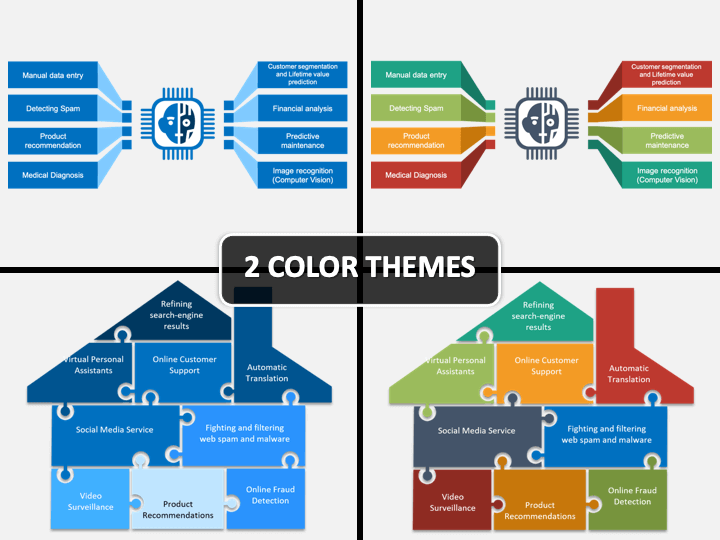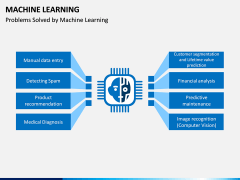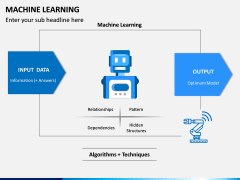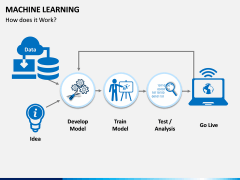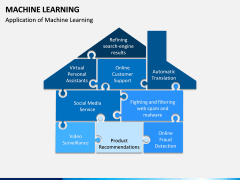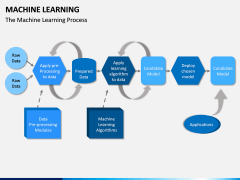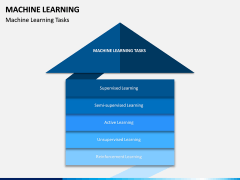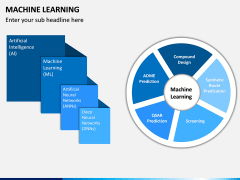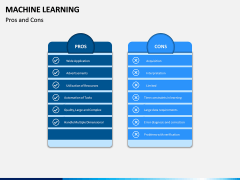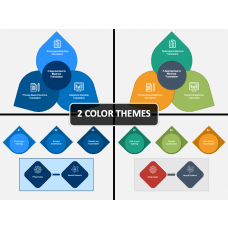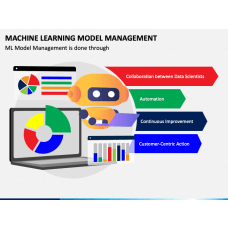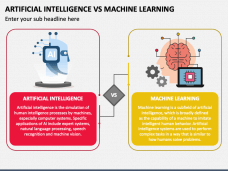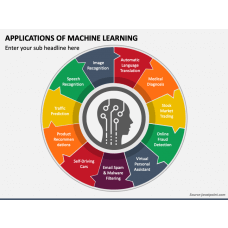Machine Learning PowerPoint and Google Slides Template
(12 Editable Slides)
Machine Learning PowerPoint and Google Slides Template
Available For
- Uncover the concept of ML using these informative and visually appealing illustrations that are entirely editable.
- The subject has been explained using high-definition and vector-based illustrations that will act as a perfect visual aid to your slideshow.
- You would be able to grab your audience’s attention from the first slide using these graphics. You can reuse them multiple times without copyright issues.
- This Machine Learning PowerPoint template has been drafted in different color themes. It is also based on a master slide for making uniform edits.
- It is compatible with every major version of PowerPoint, Apple Keynote, and Google Slides.
With these informative slides, you can easily draft an engaging slideshow in less time. Our experts have drafted the template after extensive research to cover the basics as well as advanced ML concepts. You can use these slides to explain the concept, its major applications, the structure model, etc.
There are also dedicated slides to explain topics like elements of ML, how it works, its lifecycle, use cases, pros, cons, and more. You can draw comparisons between ML and artificial intelligence as well.
Time-saving & Informative
This is a must-have template for every individual who wants to educate their audience about the ins and outs of the topic. It can be used by educators, trainers, subject matter experts, consultants, analysts, data mining or AI experts, and other related professionals. It can also be used by researchers and students alike to work on their presentations in less time.
You would be able to grab compliments from your audience for your presentation skills for sure. Just pick the color theme of your choice and customize your PPT slides with a few clicks.
What is Machine Learning?
It is a new-age concept that provides learning abilities to a system through experience and processing rather than programming. In traditional programming, data and program are supplied that results in an output. On the other hand, ML takes data and output to produce a program as a result. This makes a machine more human-like independent decisions in the future. Today, the principle is applied in almost every new-age domain.

